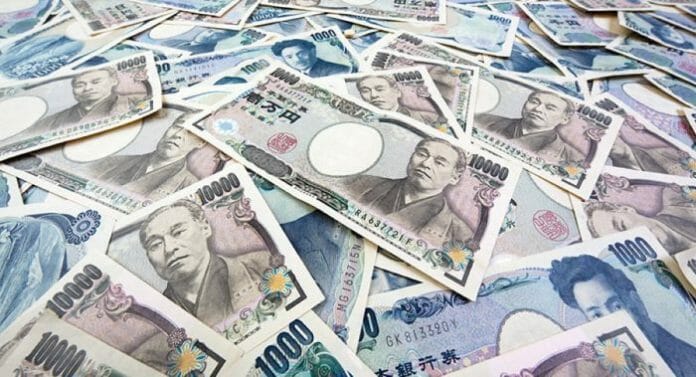There are multiple factors contributing to the weakness of the JPY.
First, the Bank of Japan (BoJ) has consistently adopted a dovish stance, which has put downward pressure on the currency.
At the same time the Nikkei, the Japanese stock market, has been performing strongly, further impacting the JPY’s value.
Then there is China’s economic recovery which has been moderate, with a focus on services and consumption rather than investment, which has influenced the JPY’s weakness.
Additionally, concerns regarding US regional banking have eased, leading to a more favourable outlook for investors.
Moreover, investors have shown a confident outlook on the US debt ceiling negotiations, adding to the JPY’s weakness. Lastly, the US economy has displayed resilience in the face of Federal Reserve rate hikes, which has contributed to the JPY’s current state of weakness.
The JPY is expected to face ongoing pressures due to the consistent dovish stance of the Bank of Japan (BoJ) and the strength of the Nikkei. Additionally, the JPY’s performance will be influenced by a moderate economic recovery in China.
Although I anticipate that the BoJ will maintain its dovish approach and refrain from making further adjustments to its Yield Curve Control (YCC) in 2023, investors will continue to speculate on potential downside for USD/JPY during BoJ meetings, as witnessed in December when the BoJ surprised the market. As a result, the upside potential for USD/JPY will be limited.
The USD/JPY will face downward pressure as the Fed Funds rate reaches its peak and the US economy enters a recession. Although I anticipate a resolution to the US debt ceiling issue, the market has already factored this into its pricing, resulting in limited downside potential for the JPY from this weakness.
However, if US lawmakers push the government to the brink of default with a last-minute agreement to raise the debt ceiling, it could have a significant impact on the JPY. Additionally, the persistently high interest rates in the US pose a risk of further troubles for regional banks, which could lead to a renewed safe-haven demand for the JPY.
Market commentary and analysis from Luca Santos, currency analyst at ACY Securities









